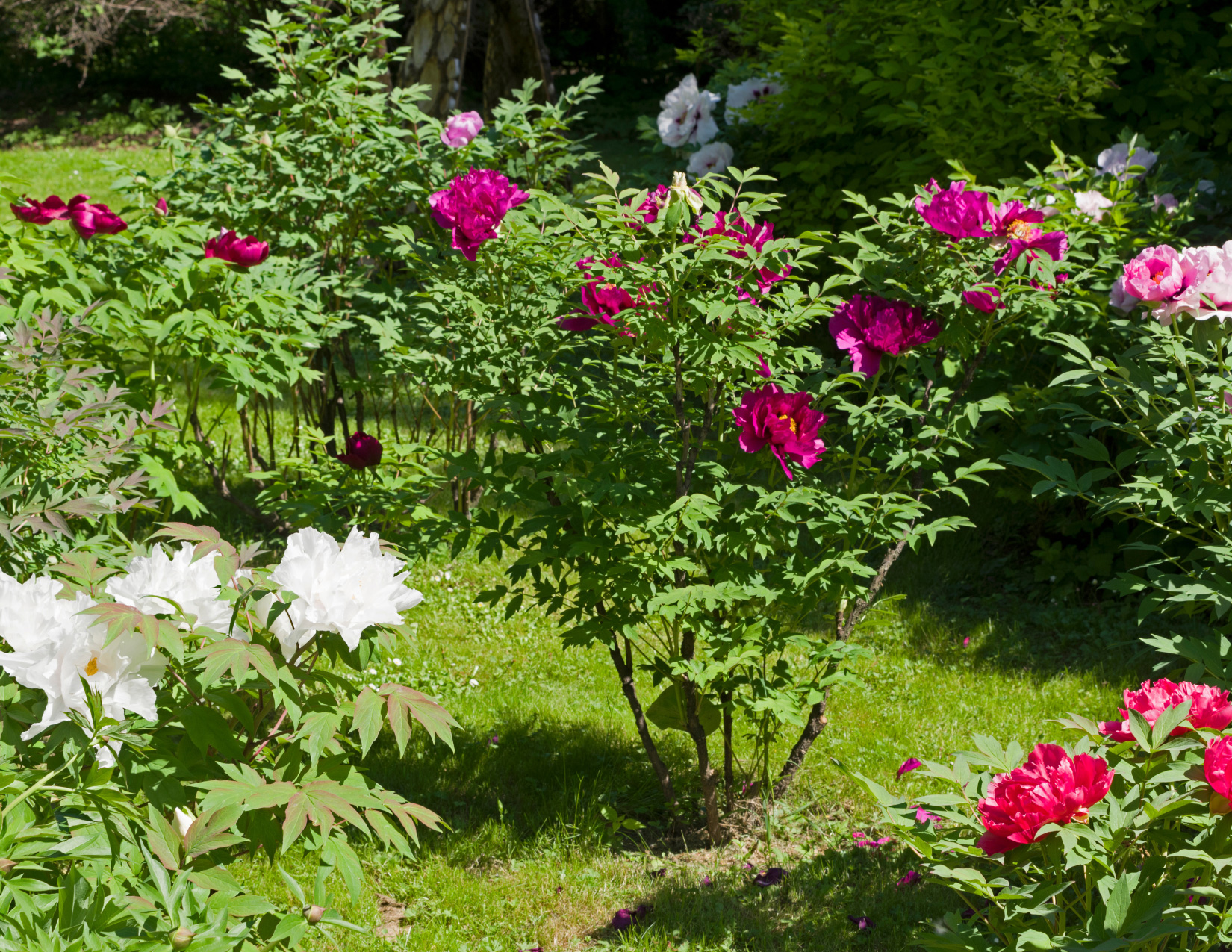
Tree peonies are stunning woody perennial shrubs that offer an array of vibrant and enormous flowers. Native to China and known for their rare beauty, these plants have captivated gardeners for centuries. In this blog, we will explore some fascinating facts about tree peonies, their growth requirements, and how to care for them in your own garden.
Blooming Season and Growth:
Unlike herbaceous peonies, tree peonies bloom in early spring, sandwiched between woodland peonies and herbaceous peonies. Their woody structure supports dinner-plate-sized flowers, making them a magnificent addition to any garden. Growing up to 7 feet, these plants provide structure throughout the year. Their deep green foliage transforms into shades of bronze and purple during the fall. Think Herbaceous but bigger and more impressive.
Climate and Location:
While tree peonies can tolerate full sun, they thrive best in dappled light. Surprisingly, they can withstand more heat compared to herbaceous peonies, with some varieties even growing in Zone 9. However, a resting period of several weeks below 40°F is necessary for the plant to flourish.
Watering Requirements:
Once established, tree peonies don’t require excessive watering. Deep, infrequent soakings are preferred, with watering only when the top four inches of soil are dry. Overwatering can lead to root rot, so it’s essential to balance hydration without causing waterlogged soil.
Varieties and Colors:
Peony suffruticosa is the most common tree peony variety, boasting hybridized plants with pink, purple, red, or white flowers.
Peony lutea, the only true yellow tree peony. While it performs best in zones 7 and 8, it can still thrive in cooler zones with proper protection.
Peony rockii, also known as Gansu tree peonies, exhibits flowers with purple centers, adding a unique touch to your garden.
Tree peonies are fascinating plants that offer breathtaking beauty and structural elegance to any landscape. Their ability to thrive in various climate zones and their resistance to deer and gophers make them a top choice for gardeners. Remember to provide them with dappled light, well-drained soil, and a resting period during colder temperatures. With proper care, these magnificent plants will reward you with stunning blooms year after year